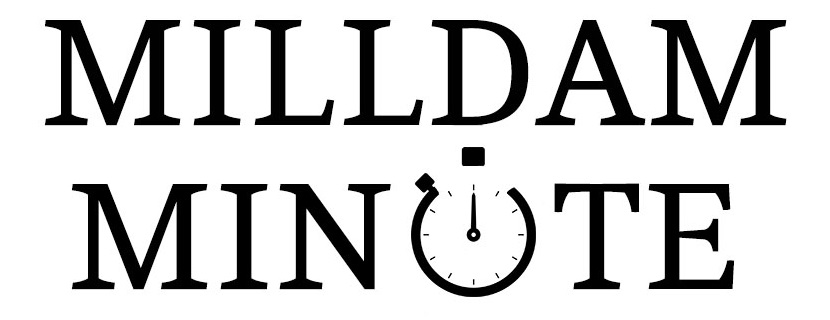You know how important social media campaigns and profiles are to supporting your public relations campaigns. One way to indicate this importance to your company’s stakeholders is through the use of social media analytics. However, analytics can’t serve anybody if you’re unable to explain what they mean.
While the most popular social media platforms (and those best used for B2B social media campaigns) host their own analytics, it can be challenging to parse through the information for each platform to get what’s most useful for you. Some numbers are self-explanatory, such as the number of likes you get or the number of clicks that demonstrate who’s clicking through to your posted article or landing page. Other points for analysis aren’t as easy to understand. One such metric to consider is “impressions,” which we’ll be considering based on the platforms of LinkedIn, Twitter, and Facebook.
The basic definition of impressions is the number of eyes that view your post.
This means that you can get multiple impressions from a single person if he or she sees your post multiple times (in a feed, shared by others, twice in a day, etc.).
Impressions are sometimes confused with “reach,” although the two measure different things. Reach is usually defined by how many people see your content (versus the number of times it’s been viewed). Unlike impressions, reach only reflects an individual person or profile once. Similar metrics, measuring a post both by its impressions and its reach offer you the potential audience your content can affect. That’s why “first impressions” really do matter for social media, too.
Here are our three takeaways when thinking about using impressions as a metric to understand your social media activity:
- The higher the impressions, the more times your content was viewed
- Impressions help reflect the size of your audience and should rise over time
- Comparing impressions to engagement (actual clicks or likes on a post) can help show you whether your content is resonating with your audience. If you get a lot of views but nobody clicks through, you need to make a change: adjust language, use new terms, post different kinds of content, find other types of images, etc.
You should also be aware that, for some platforms, you’ll receive a further breakdown of organic, paid, and viral impressions. These classifications are something Facebook uses to determine where your sources are coming from. Other platforms may or may not have similar abilities to track impressions, often depending on whether you’re paying for some social media advertising.
For a regular snapshot of your usual day-to-day social posts though, using the impressions metric certainly has its place in your reports when demonstrating how far your brand can go by utilizing social media. Maximizing these data points to continue improving your company’s reach and shape future posts is the whole point of social media analytics, after all.
Sources consulted and for further reading
https://www.facebook.com/help/274400362581037
http://sproutsocial.com/insights/reach-vs-impressions/
https://blog.hubspot.com/marketing/linkedin-faqs-answered-list#sm.00000fwualau50f0eviwfxm1kme6k
 Caroline Haley authors the column “Caroline’s Cloud” and is Vice President, Outreach & Operations for Milldam Public Relations.
Caroline Haley authors the column “Caroline’s Cloud” and is Vice President, Outreach & Operations for Milldam Public Relations.




